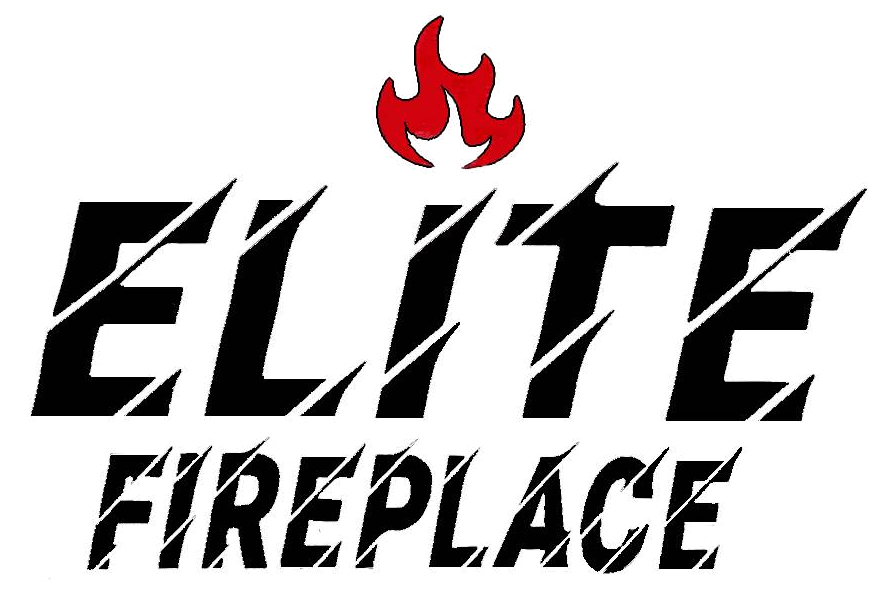Learn How to Take Care of Your Fireplace
Is there anything better than a crackling fire on a cold day? We think not. However, each fire contributes to the build-up of ash and soot in your chimney which can quickly turn into a fire hazard. Before lighting a match, it is important to follow a few simple maintenance rules to make sure that your fireplace is operating safely and efficiently. Establishing a regular maintenance routine today will allow you and your family to enjoy your fireplace for many years to come.
5 Helpful Tips to Maintain Your Fireplace
Traditional fireplaces require regular care and maintenance. Learn what steps you need to take to keep your fireplace clean and ensure the safety of your home and loved ones:
- Clean the Debris: Fireplaces must be cleaned, regardless of whether they have been recently used or not. After months of non-use, it is important to clear away the accumulation of creosote and debris. If not, these materials could pose a serious fire hazard. However, prior to cleaning, make sure you put on a respirator since continuous exposure to creosote dust is harmful to your health. If you clean your fireplace after using, do not vacuum fire coals as they can remain hot enough to start a fire for up to 3 days. Once it is safe to remove the debris, ashes can be sprinkled over your flowerbeds as a source of nutrients.
- Use a Chimney Cap: Check your fireplace to see if a chimney cap has been installed. A chimney cap is critical to ensure that your fireplace is functioning properly. It prevents water damage, prevents debris from blocking the opening, and keeps animals from using your chimney as a nesting place. Additionally, the mesh around the cap serves as a spark arrester, preventing sparks from flying out and potentially causing a fire.
- Clean Wood: Nothing should be burned inside your fireplace other than cleaned, seasoned wood, manufactured logs, and non-glossy white paper. When it comes to wood, split logs dry more thoroughly than green wood and burn more efficiently. Since green wood does not burn as well, it is more likely to create more toxic creosote. Furthermore, avoid burning treated wood, garbage, plastic, rubber, and colored paper materials that can produce harmful gases.
- Check Gas Components: If a gas unit is being used as an alternative to wood burning, special precautions must be taken to protect you and your family from toxic gas emissions. Ensure that your flue is functional and permanently open to allow the natural gases and combustible fumes a way to escape. Homeowners should also periodically inspect the gas components for any leaks or damage. Any signs of damage should be addressed immediately.
- Consult a Professional: Prior to using your fireplace, it is a good idea to find a trusted chimney sweep to have it inspected. Even if you intend to clean and maintain it on your own, an inspection should occur once every year to make sure your fireplace is safe and in working condition. By regularly working with a specialized technician, you never have to worry about cleaning your fireplace improperly.
Choose Elite Fireplace for all your fireplace and chimney needs. Call us at (610) 489-4274 today or contact us online to learn more about our services and products and a representative will be in touch soon.
